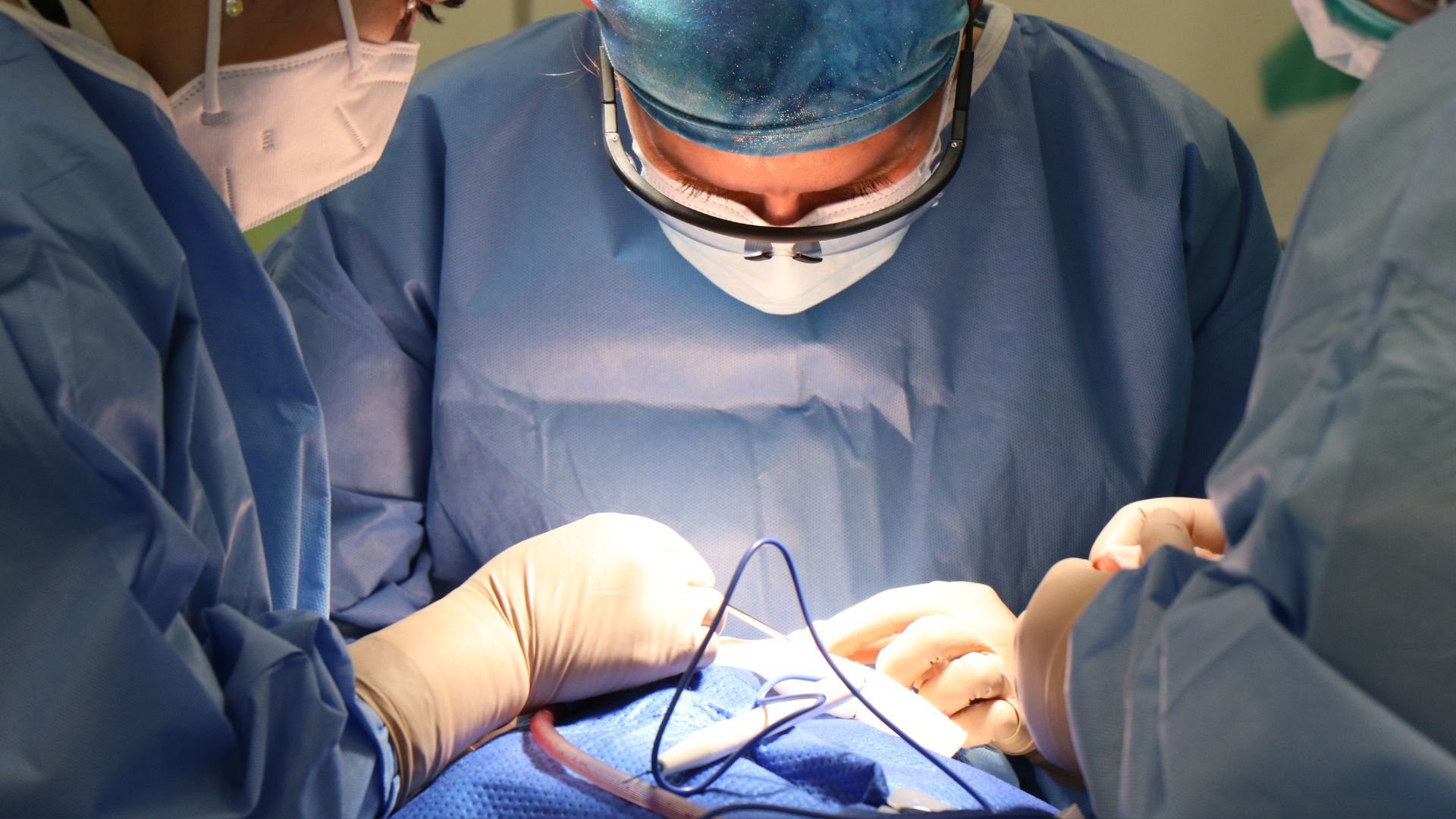Hyperbaric therapy, or hyperbaric oxygen therapy (HBOT), is a medical treatment in which patients breathe pure oxygen within a pressurized environment. This therapy has been recognized as an adjunctive treatment for various medical conditions, including chronic and non-healing wounds. Let’s explore how hyperbaric therapy functions, its benefits, and its applications in wound management.
How Does Hyperbaric Therapy Work?
Hyperbaric therapy is a treatment that involves breathing pure oxygen in a pressurized environment. This process increases the amount of oxygen delivered to the body’s tissues, which is fundamental for various healing mechanisms. HBOT is often used to support wound care by creating an optimal environment for the body’s natural recovery processes. The therapy enhances oxygen concentration in the blood, which helps oxygen reach areas with limited blood flow. This increased oxygen availability promotes tissue repair, reduces inflammation, and stimulates other healing processes.
How Does It Assist With Wound Healing?
Hyperbaric therapy serves as a key tool in advancing medical treatments for patients with chronic or complex wounds.
- Increased oxygen delivery: Adequate oxygen is key for tissue repair and regeneration. HBOT creates conditions where oxygen can be dissolved directly into body fluids, including plasma, enhancing its delivery to the wound site. This supports the metabolic functions necessary for healing.
- Stimulation of blood vessel growth: HBOT contributes to the process of forming new blood vessels. These new vessels improve circulation in and around the wound. By delivering oxygen and nutrients more effectively to the affected area, the new blood vessels play a key role in sustaining the wound’s gradual recovery.
- Improved collagen formation: Collagen is key for wound healing as it provides structural strength to regenerating tissue. Hyperbaric therapy promotes collagen production, which helps wounds rebuild and heal more effectively. This improvement in tissue integrity makes sure the wound becomes less susceptible to reopening or further complications.
- Reduction of inflammation: HBOT also reduces inflammation and swelling at the wound site. These effects create a less hostile healing environment, aiding cellular repair processes.
These combined benefits make hyperbaric oxygen therapy a reliable adjunctive treatment for promoting efficient and effective wound healing.
Can It Help With Infection Control?
Certain infections may slow down the healing process. The increased oxygen levels from HBOT create conditions where some types of bacteria struggle to thrive, aiding natural immune responses. This therapy can complement the effectiveness of certain antibiotics, enhancing their ability to combat infections.
What Types of Wounds Can Benefit From It?
Hyperbaric oxygen therapy is often used in wound care for chronic and non-healing wounds. These may include diabetic foot ulcers, pressure injuries, and wounds caused by poor circulation or radiation therapy. The enhanced oxygen delivery and tissue-stimulation processes can provide helpful support in addressing these types of wounds. Consultation with a healthcare professional is fundamental to determining whether HBOT is a suitable solution for specific cases.
Learn More About Hyperbaric Therapy
Hyperbaric therapy offers various benefits for wound healing. It enhances oxygen delivery, stimulates blood vessel growth, and creates favorable conditions for reducing inflammation and combating infections. While it does not replace other forms of medical care, it can be a helpful extra to wound management strategies. To explore and learn more about HBOT, consult a medical professional or services specializing in HBOT for wound care.


Leave a Reply